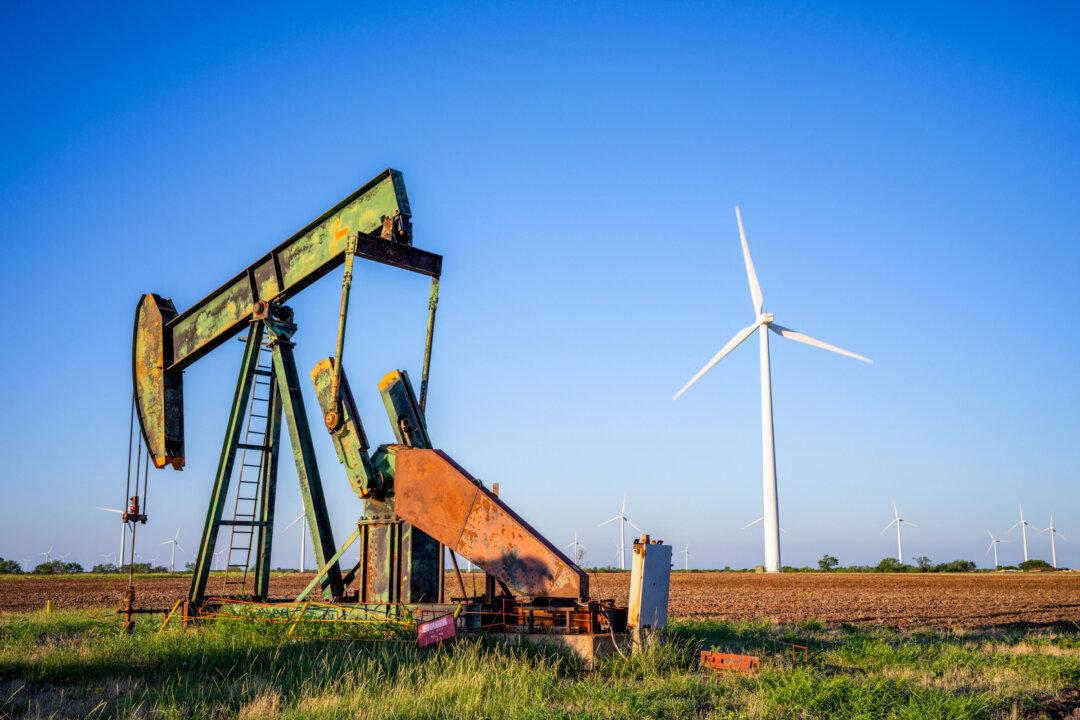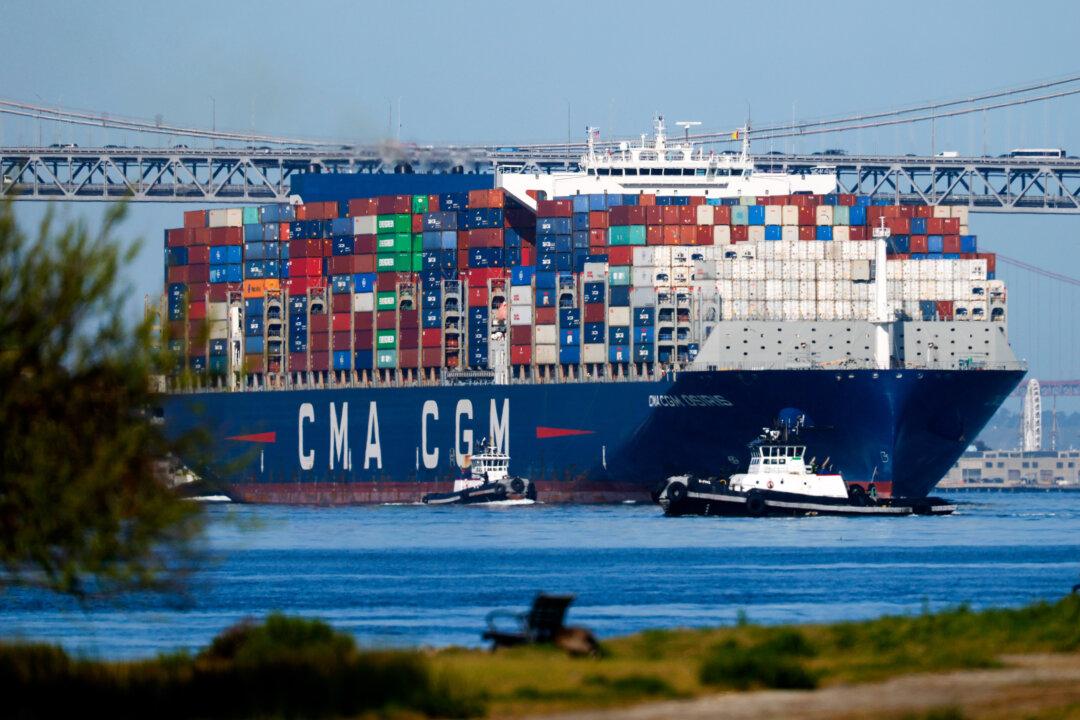Federal agencies should cede primary permitting authority to states in classifying what wells are suitable for carbon sequestration and in regulating large-scale carbon capture projects, three experts told the Senate Environment and Public Works Committee on Feb. 12.
He specifically cited Monolith’s $1 billion “conditional commitment” for a Nebraska carbon utilization project that could fall by the wayside without the federal government meeting its commitments.
“To put it succinctly, with a freeze, with a delay in these funds, the likelihood that these projects reach full operation is incredibly dubious,” Cavanaugh said.
Carbon capture, utilization, and storage (CCUS), is the process of capturing carbon dioxide from a large point source, such as a power plant or an industrial facility, and repurposing it as a secondary energy source or “sequestering” it deep underground to prevent it from filtering into the atmosphere, where it is the primary propellent for global warming.
The still-evolving process has not proven commercially viable yet, and critics argue it is a dodge by the fossil fuels industry to avoid emission controls and retain its market share against advancing renewable energy technologies.
Senate Environment and Public Works Committee Chair Sen. Shelley Moore Capito (R-W.V.) said among her priorities is to retain authorized allocations and galvanize implementation of the USE IT Act, citing “significant problems with its implementation that have held back the deployment and the development of CCUS.”

Take The Money, Leave The Regs
The bill requires the Council on Environmental Quality (CEQ) to establish guidance for CCUS projects and CO2 pipeline developers and operators, assemble task forces to garner input from different expertise groups, and expand the 45Q tax credit to provide certainty to utilities.Capito said EPA under the Biden administration failed to achieve these benchmarks, noting that there’s no “clear pathway to expedite permitting for these projects,” the first CCUS task forces weren’t authorized until April 2024, and the agency approved only two Class VI well projects in the last four years.
Connor cited three reasons why the 45Q tax credit and USE IT Act have not accelerated CCUS development, including the cost of retrofitting utility-size electricity generation plants, costs associated with CO2 pipeline permitting—which almost always draw public opposition—and long lead times and delays in permitting Class VI storage projects at the federal level.
“I hope you all can agree that this process is inefficient and must be improved. States are best positioned to regulate these activities” Connor said. “States have a broader framework to consider, in addition to the environmental protections offered by the Class VI rules, such as promoting the development of geologic CO2 storage.”
Sen. Pete Ricketts (R-Neb.), who served two terms as Nebraska governor before being elected to the Senate in 2022, said he knew of a Nebraska biofuels company that has been waiting 33 months for a permit EPA said it would deliver in less that 24 months.
“Maybe this is one of the reasons why other companies don’t jump in. If you’ve only got eight Class VI wells permitted and there’s 161 waiting, why would I jump in on this? Right?” he said. “EPA has got to get it going. This is just unacceptable.”
When it comes to CCUS—and to an array of emerging energy technologies—time is not just money, it is destiny, Connor said.
“To rise to this challenge, we need clear permitting regimes, funding, and public-private partnerships to deploy these necessary carbon management technologies,” he said. “If we do not deploy this technology, China will. China will enjoy the economic development, hundreds of thousands of jobs, and a healthier environment.
“The future, as always,” he added, “is a policy choice.”







